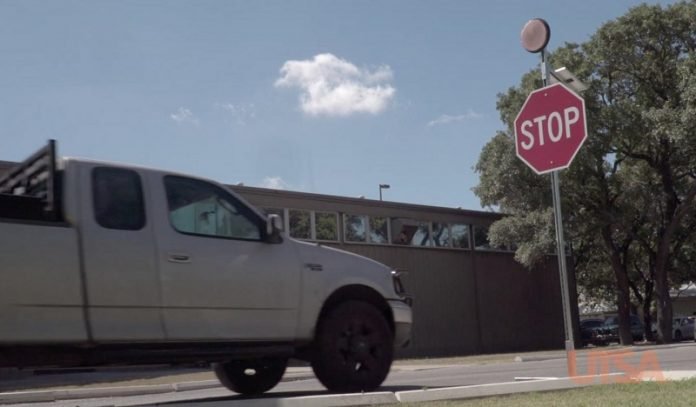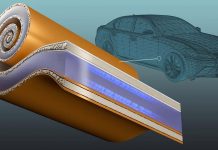
In a new study, researchers have developed a new smart stop sign that can improve driver safety.
This low-cost, self-powered thermal system could detect vehicles and improve the visibility of stop signs to prevent car accident deaths.
The research was conducted by engineers at The University of Texas at San Antonio.
More than half of all roadway fatalities occur on rural roads, according to the U.S. Department of Transportation.
Recent research showed that rural roads account for 70% of the nation’s byways and the location for 54% of all fatalities.
This is mainly because the roads don’t have access to a power supply.
Therefore, stop signs on rural roads are difficult to notice, and this can lead to a deadly car crash.
In the current study, the team created a low-cost, self-powered warning system that can alert rural drivers about potential dangers.
It uses a multi-pixel passive infrared sensor to detect a car as it gets close to an intersection.
The sensors observe thermal information and process them to detect passing cars.
When the car is within the sensing range, a signal beacon will trigger the stop sign’s flashing system. This can remind the driver.
The new smart stop sign can detect a car’s direction of travel, the velocity of its thermal signature and the classification of the car.
The team tested the smart stop signs and found that it can detect 90% of passing cars and classify 72% of vehicles correctly.
It uses less power and offers better accuracy compared with current technology. It is also much less expensive to produce. Each one can be made at the price of $60 to $100.
The current safety systems can cost as much as $5,000.
The project was supported by the Connect program, a collaborative research program that is co-funded by UTSA and Southwest Research Institute.
One author of the study is Ayetullah Biten, a doctoral candidate in the UTSA Department of Electrical and Computer Engineering.
Copyright © 2019 Knowridge Science Report. All rights reserved.



